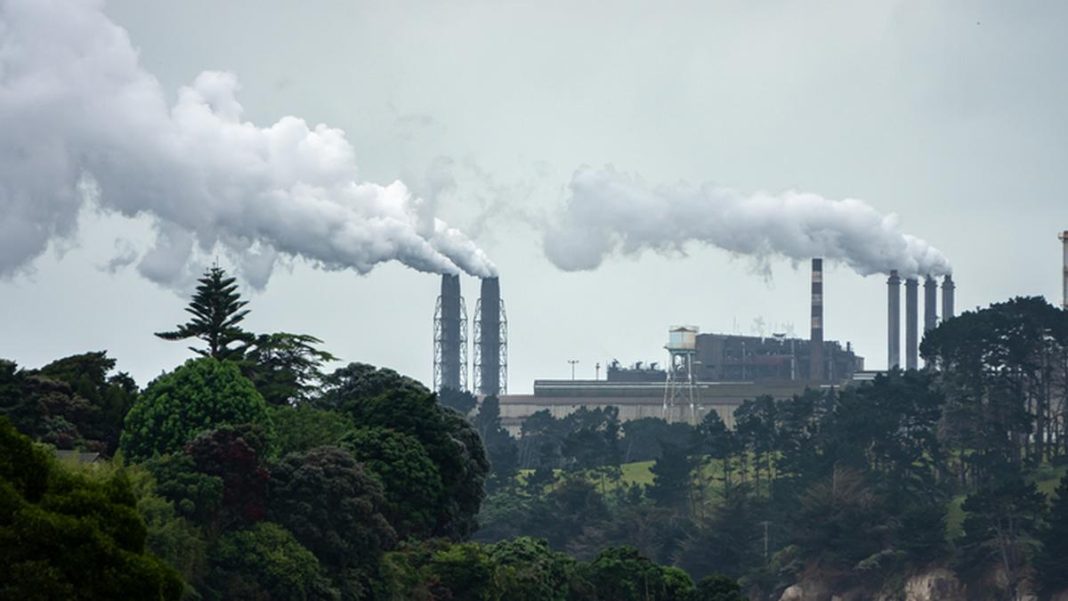The government has notified the Greenhouse Gases Emission Intensity Target Rules, 2025, setting India’s first legally binding emission reduction targets for carbon-heavy industries.
The notification, issued by the Environment Ministry on October 8 after considering all suggestions and objections received on the draft rules published on April 16, requires 282 industrial units across the aluminium, cement, pulp and paper and chlor-alkali sectors to reduce their greenhouse gas emissions per unit of output (emission intensity) from the 2023-24 baseline levels.
Reduction of greenhouse gases emission
According to the notification, each facility must reduce the amount of greenhouse gases emitted per unit of output (measured in tonnes of carbon dioxide equivalent per tonne of product) compared to a 2023-24 baseline. The compliance period begins in 2025-26 and continues through 2026-27.
The move operationalises the Energy Conservation (Amendment) Act, 2022, which empowered the government to establish a domestic carbon market.
It also builds on India’s Perform, Achieve and Trade (PAT) energy efficiency scheme which had earlier set energy-saving targets for industries but not direct carbon limits.
According to the rules, facilities that emit less than their assigned target can earn tradable carbon credit certificates, while those exceeding the target must purchase equivalent credits from the Indian carbon market or pay a penalty.
Penalty for greenhouse gases emission
The penalty, termed “environmental compensation”, will be twice the average trading price of carbon credits during that compliance year.
The average price will be determined by the Bureau of Energy Efficiency (BEE). The Central Pollution Control Board (CPCB) will impose and oversee recovery of penalties, which must be paid within 90 days.
The notified schedule details company-wise and plant-wise targets.
For example, aluminium smelters operated by Vedanta, Hindalco, Nalco and Balco and large cement plants owned by UltraTech, Dalmia, JK Cement, Shree Cement and ACC, feature in the first compliance cycle.
Emission intensity reduction targets range from about 3.4% over two years in the cement sector to about 5.8% in aluminium, 7.5% in chlor-alkali and 7.1% in pulp and paper, based on the baseline year.
India’s carbon credit trading framework is seen as critical to meeting its nationally determined contribution (NDC) targets under the Paris Agreement, including reducing the emission intensity of GDP by 45% by 2030 from 2005 levels and achieving net zero by 2070.
The rules also prepare Indian exporters to adapt to international mechanisms such as the European Union’s Carbon Border Adjustment Mechanism (CBAM), which taxes carbon-intensive imports like cement, steel and aluminium.




